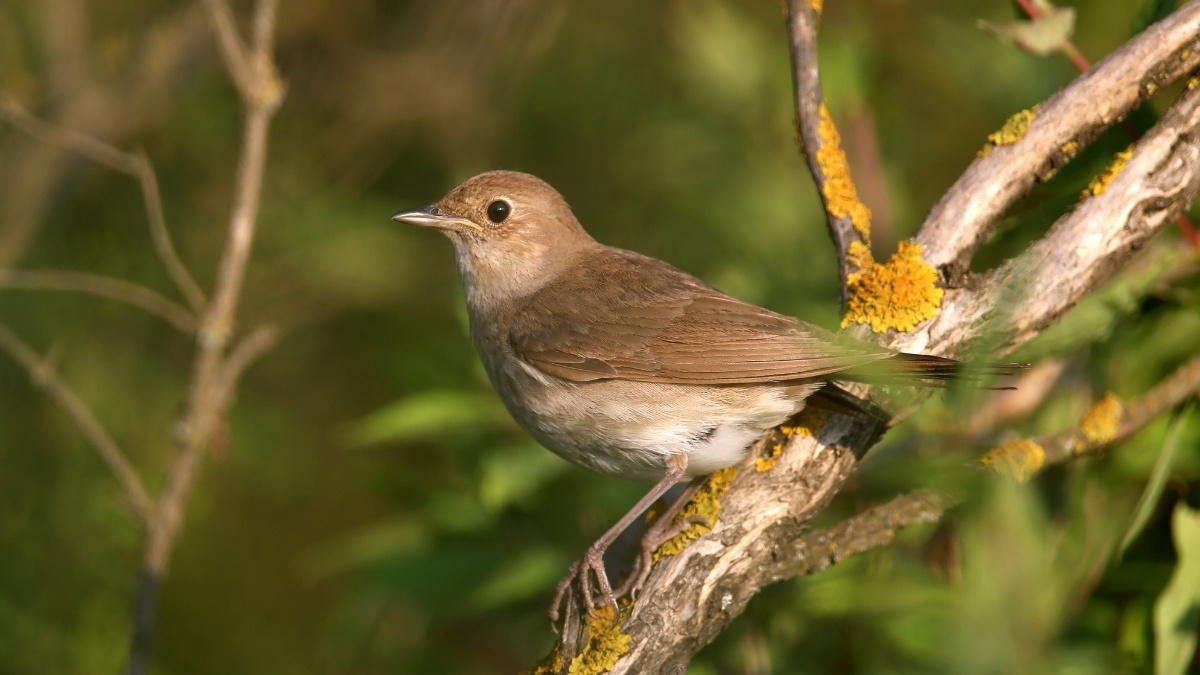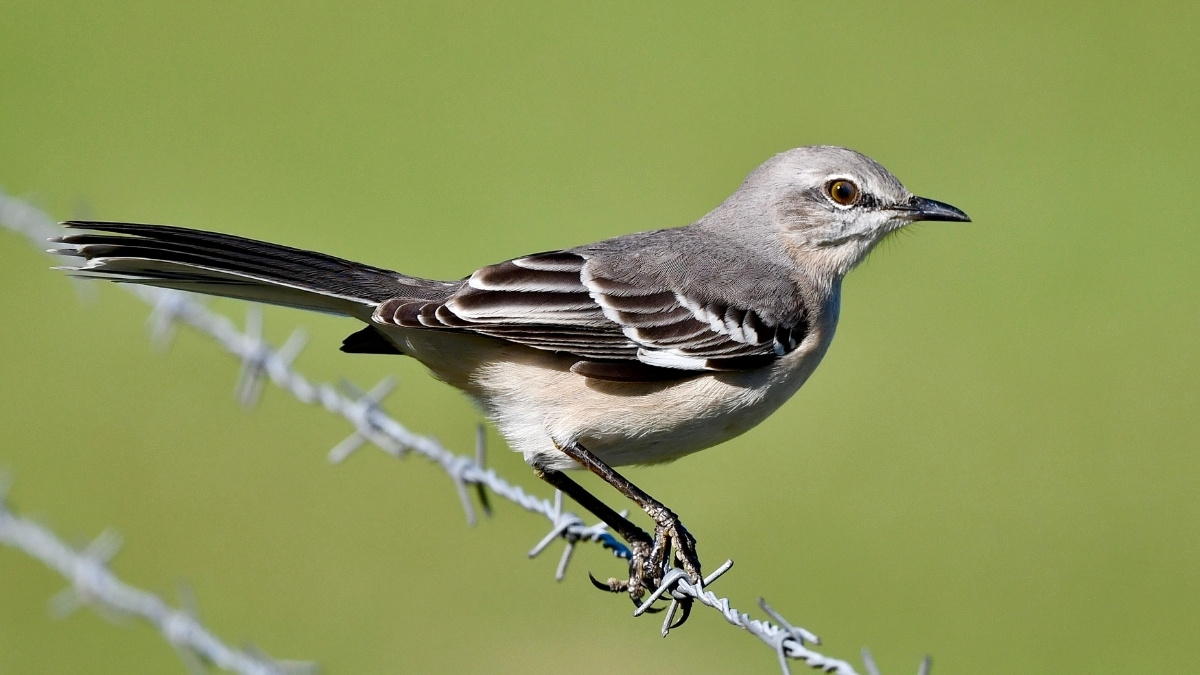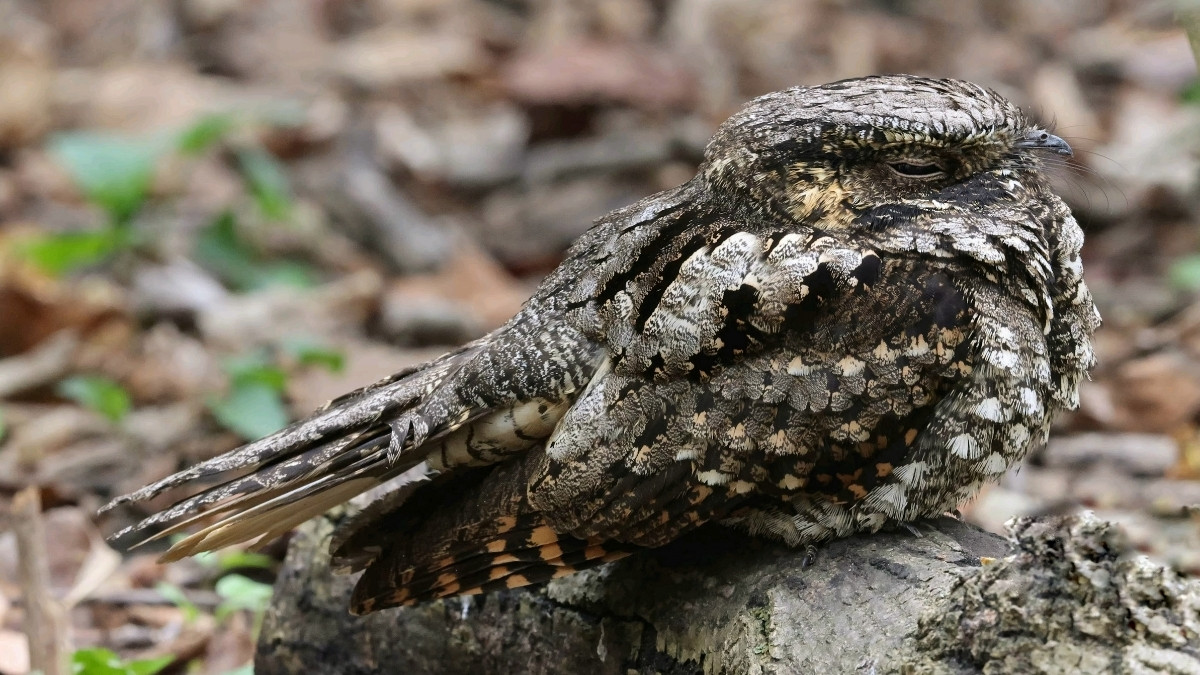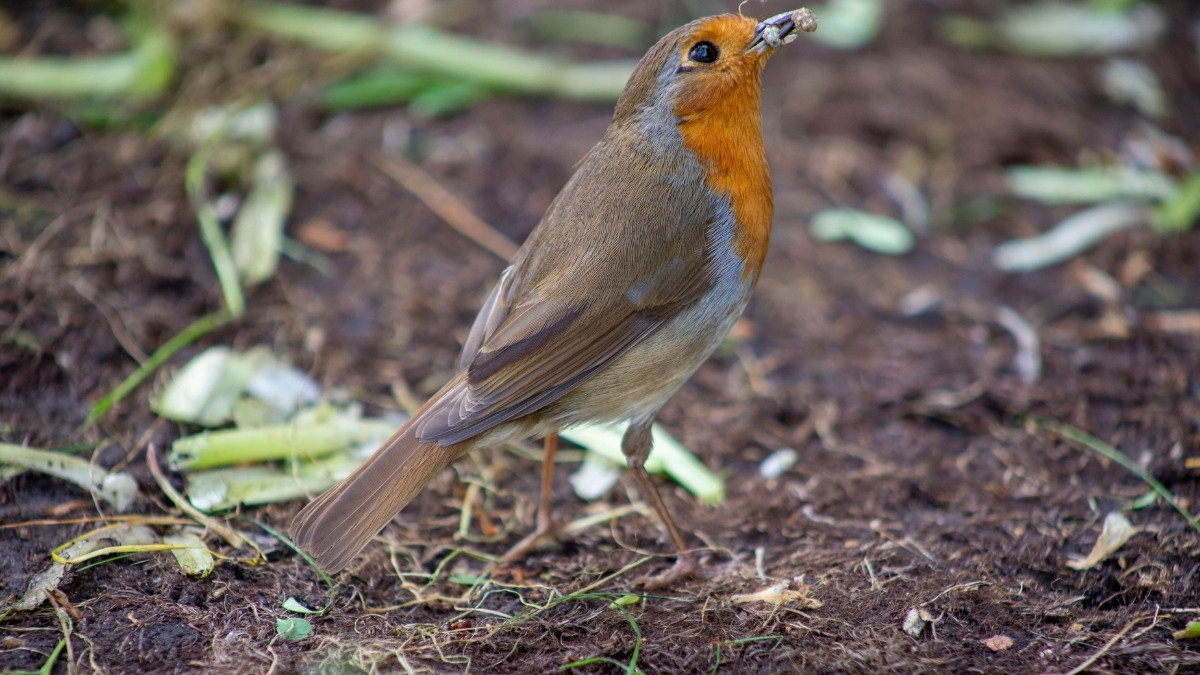Key Points
- Night singers like Nightingales seek mates under cover of darkness.
- Mockingbirds mimic sounds; males sing all night to attract mates.
- European Robins adapt to urban noise by singing at night.
Birds that sing at night: Most birds stop singing when the sun goes down, but for some, the concert is just starting. Hearing birds sing at night is an interesting and growing experience. We usually think of owls when we think of birds that make noise in the dark. But many other birds chirp at night too, like the Nightingale's famous song and the "whip-poor-will" call that gives you chills. But why do they do it?
For these birds that sing at night, it's a very important time to find a mate, protect their territory, or, in a modern twist, get away from the noise of city life during the day. This list ranks the five most interesting bird sounds at night and explains what their songs mean.
List of Most Captivating Birds that Sing at Night
| Rank | Names of Birds that Chirp at Night | Scientific Name |
| 1 | Common Nightingale | Luscinia megarhynchos |
| 2 | Northern Mockingbird | Mimus polyglottos |
| 3 | Eastern Whip-poor-will | Antrostomus vociferus |
| 4 | European Robin | Erithacus rubecula |
| 5 | Barn Owl | Tyto alba |
Check Out: List of 7 Birds that Lay Eggs in Other Nests (And Why?)
1. Common Nightingale

The Nightingale is legendary for a reason. Its song is not just a simple chirp; it is an incredibly rich, complex, and powerful performance with a vast repertoire of over 200 different phrases. It is the unmated male Nightingales that sing most vigorously at night.
They use the cover of darkness, when there is less acoustic competition, to broadcast their strength and availability to potential mates. Their song is so loud and striking that it has inspired poetry and music for centuries.
2. Northern Mockingbird

If you hear a bird cycling through dozens of different songs at 2 AM, it is almost certainly a Northern Mockingbird. These birds are famous mimics, learning and repeating the songs of other species, as well as frog calls and even urban sounds.
According to the Cornell Lab of Ornithology, a male Mockingbird may learn up to 200 songs in its lifetime. Like the Nightingale, it is the lonely bachelor, the unmated male, who sings all night, often from a high perch under a bright moon or streetlight.
3. Eastern Whip-poor-will

This bird is the voice of the rural night in eastern North America. The Eastern Whip-poor-will is a true nocturnal bird, and its name is a perfect description of its relentless, rhythmic three-note call. It can repeat this phrase for hours without pause; one patient observer from the Audubon Society counted 1,088 calls in a row.
They sing to establish territory and attract mates. Amazingly, they even time their breeding cycle so their eggs hatch around the full moon, giving them more light to hunt insects for their new young.
4. European Robin

The European Robin is not a nocturnal bird, which makes its night-singing fascinating. This is a modern adaptation to human encroachment. Studies have shown that robins in urban areas with high levels of daytime noise pollution will sing at night instead.
It is simply too loud during the day for their song to be heard by mates or rivals. Artificial street lighting also tricks their bodies into thinking it is twilight, further encouraging these nighttime concerts.
5. Barn Owl

The Barn Owl doesn't sing like a "songbird," but it makes one of the most creepy and interesting bird sounds at night. A lot of people think that owls make a soft "hoot," but the Barn Owl doesn't make any sounds like that. Instead, it lets out a long, rough, and often scary screech.
This sound is used for communication between mates and as a territorial warning. Hearing this ghostly call while the bird hunts silently in the dark is a truly memorable nighttime experience.
Check Out: List of 9 Birds with the Most Beautiful Crests (or Crowns) on their Heads
At night, the changing bird sounds create a complex soundscape. If you listen to birds that sing at night, you can see a side of these interesting animals that most people don't get to see, for instance, the Nightingale's romantic request and the Robin's adaptation to city life.
Comments
All Comments (0)
Join the conversation